While the United States has so far only confirmed that unspecified air-launched “anti-radiation missiles” have been transferred to Ukraine for its war with Russia, the apparent remains of an AGM-88 High-speed Anti-Radiation Missile, or HARM, said to have been fired recently at a Russian position, suggest strongly that this is the weapon — or one of the weapons — involved. With that in mind, it’s worth looking in more detail at how this trademark Western radar-killer works and how it might be put to use by the Ukrainian Air Force, in particular.
Anti-radiation missiles, or ARMs, like the AGM-88, home in on enemy radio frequency emissions, primarily from radar arrays belonging to enemy air defense systems, and destroy or disable them. They are a critical tool for not only ‘breaking down the door’ through an enemy’s air defenses but also for providing self-protection to the aircraft that carry them and the aircraft they may be escorting.
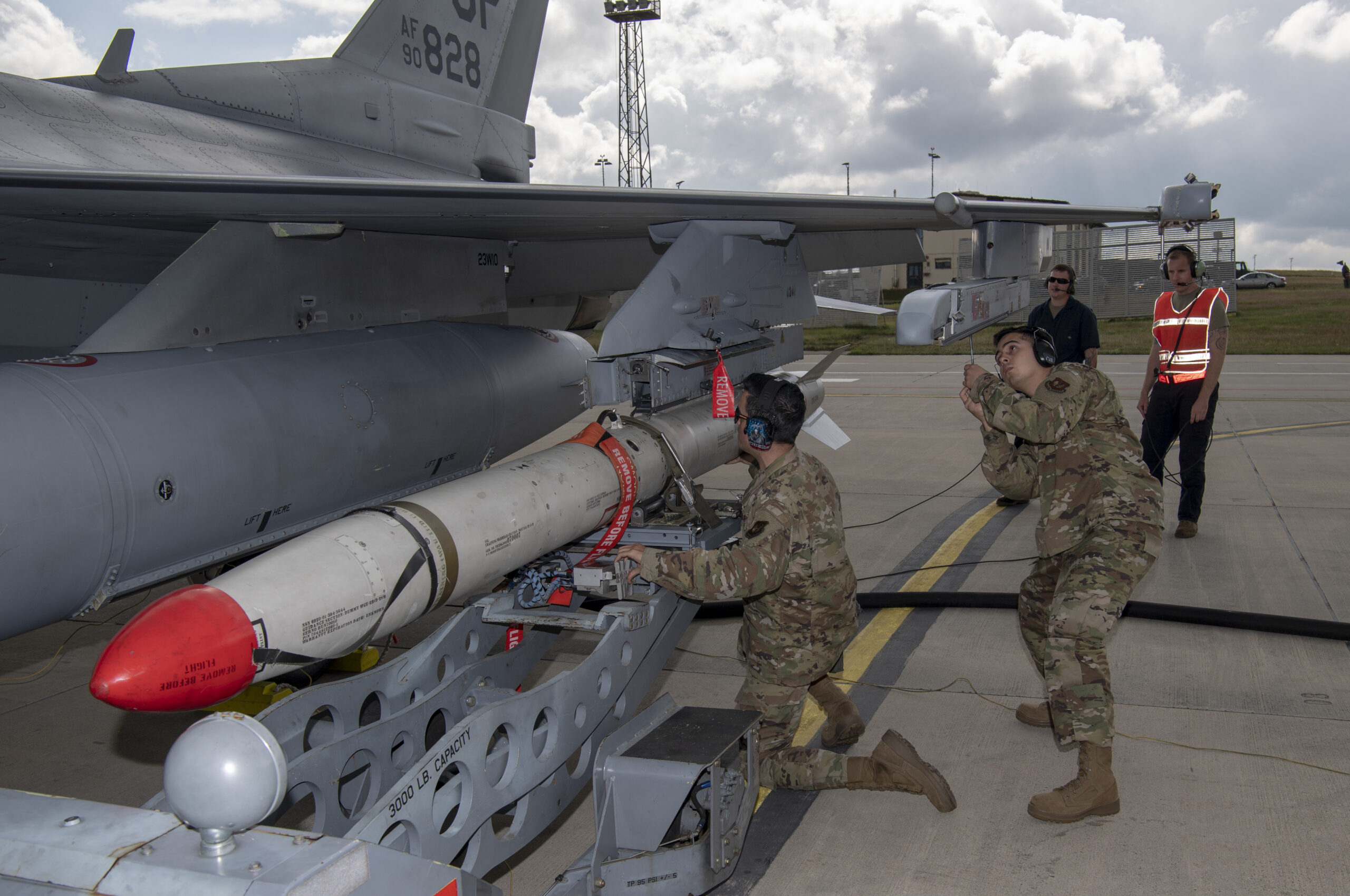
The HARM was first developed by a division of Texas Instruments (now Raytheon) in response to lessons learned during the Vietnam War, when the ‘Wild Weasel’ suppression of enemy air defenses (SEAD) mission came of age, using the first-generation AGM-45 Shrike. This weapon arrived in service too early to make use of fast-developing computer technology and wasn’t able to ‘memorize’ the target’s general location. If the radar being engaged by a Shrike was shut down, the missile would easily go off course and go ballistic, even if the radar turned back on. The follow-on AGM-78 Standard ARM, developed from a naval surface-to-air missile, was somewhat more sophisticated, with later versions having a simple memory circuit. This allowed it to continue flying towards its target even after the emitter shut down. The downside to the AGM-78 was its prodigious size and cost.
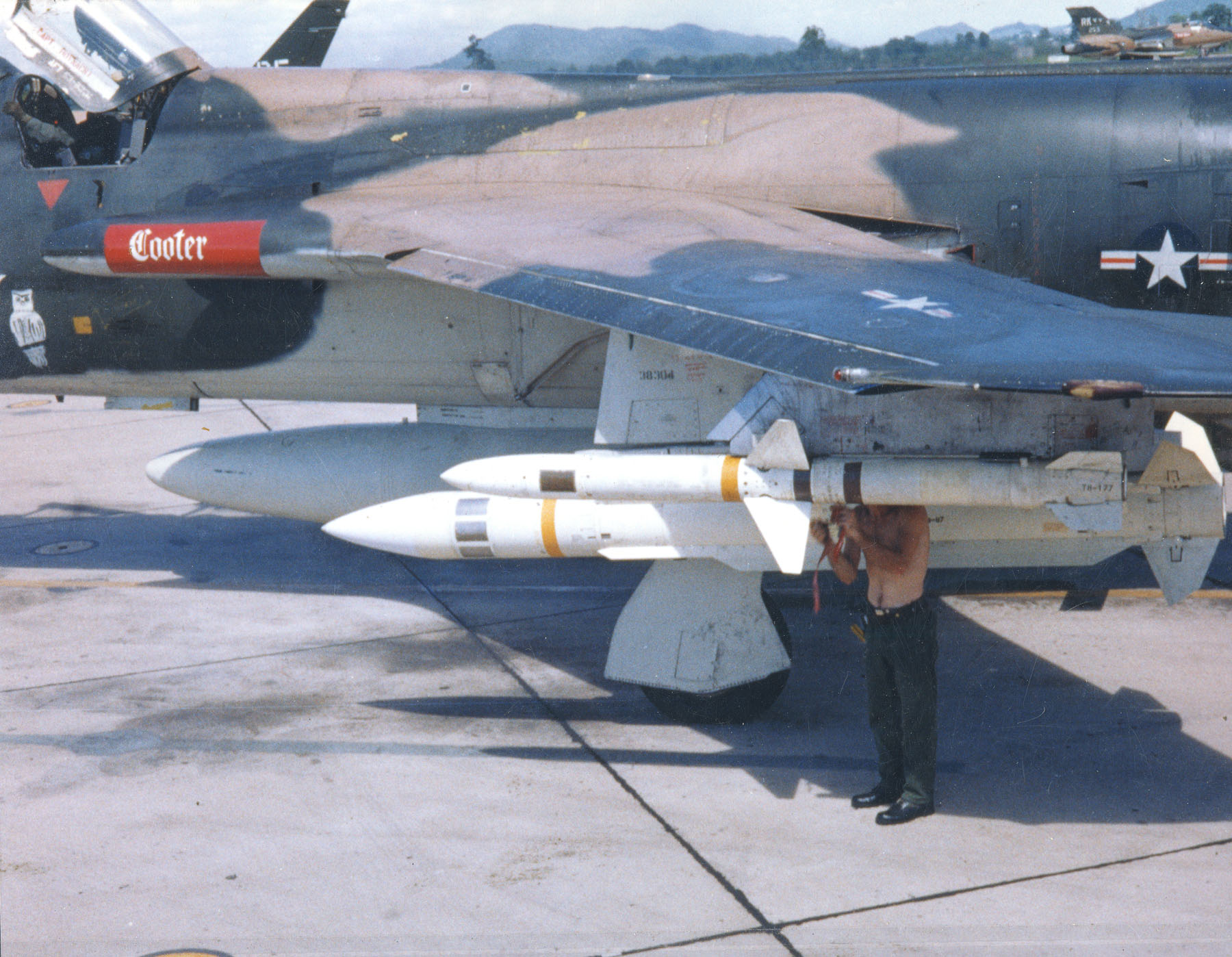
Entering service in the mid-1980s, the AGM-88 HARM introduced new features like a reprogrammable broad-band seeker head for increased versatility, as well as a blast-fragmentation warhead that, in later models, was made up of tungsten alloy cubes that increased the odds of achieving a kinetic kill on the radar target, and especially its antenna. As the name suggests, it also stressed speed, using its velocity to increase the chances of hitting an enemy transmitter before its operators were able to take it offline.
Once locked on, the missile’s seeker stores the hostile radar’s position in its memory, so it can still continue to prosecute the target even if the enemy shuts the radar down intermittently. With HARM bearing down on its target at a speed of more than half a mile per second, or over Mach 2, the enemy radar operator still has little time to react.
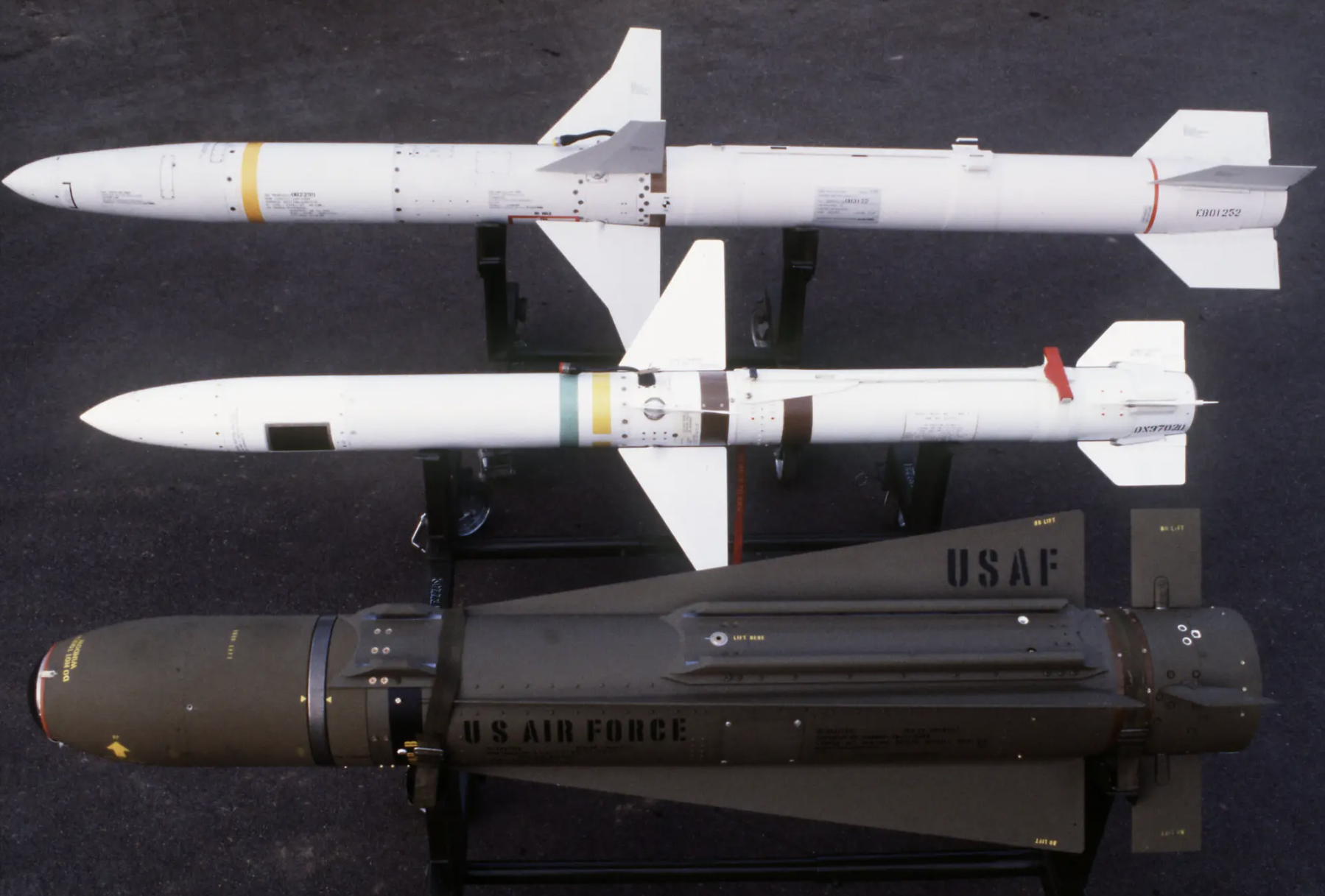
Introduced by the U.S. Air Force on the F-4G Wild Weasel, later models of the AGM-88 have been retained for this aircraft’s successor, the specialized F-16CJs that carry out the same suppression of enemy air defenses and destruction of enemy air defenses (DEAD) missions today. Other warplanes that have carried HARM include the A-6 Intruder, A-7 Corsair II, EA-6B Prowler, EA-18G Growler, F-15E Strike Eagle, F/A-18 Hornet, Super Hornet, EA-18G Growler, and the European Panavia Tornado.

The first combat use for HARM was during operations in the Gulf of Sidra in the Mediterranean Sea against Colonel Muammar Gaddafi’s Libya in 1986.
Measuring 13 feet 8 inches long and weighing close to 800 pounds at launch, the AGM-88 has fixed rear fins (those which were seen in the debris that recently surfaced in Ukraine) and controllable mid-set fins. The passive radar seeker in the nose covers radar frequencies across a wide band and a laser proximity fuse detonates the warhead at the optimum distance from the target. The nominal maximum range of the original missile is around 75 miles or so when launched from an optimal altitude.
While it’s certainly feasible to fire HARM from ground launchers, something we have considered in the past, Colin Kahl, U.S. Under Secretary of Defense for Policy, made it clear yesterday that the ARMs delivered to Ukraine can be launched from at least some of its existing aircraft.
That, in itself, is an advantage when it comes to employing HARM, which was always designed for air launch. Firing an AGM-88 from a high-speed, high-flying aircraft confers improved kinetic performance, meaning targets can be hit at a longer range, by a faster-flying missile that’s more likely to engage a radar before it shuts down. A lofted trajectory after air launch also gives the missile its maximum time over an area where enemy air defenses could be present.
The other big advantage of an air-launched ARM is the fact that, from a high-altitude perch, an aircraft’s sensors — and the missile’s seeker — are better able to detect the presence and general direction, and in some cases, precise geolocation, of a threat emitter.
So far, so good, in terms of improving the Ukrainian Air Force’s ability to degrade Russian ground-based air defense systems, a capability it has long sought to realize.
However, we still have no idea how the AGM-88 — presuming that’s the weapon involved, and the evidence certainly points to that being the case — has actually been integrated with Ukrainian aircraft. Of the latter, the MiG-29 Fulcrum fighter jet, Su-24 Fencer swing-wing strike aircraft, and Su-27 Flanker heavy fighter would be the most likely candidates, due to their high performance.
However, all of these Ukrainian warplanes date from the Soviet era and they all lack the right interfaces, including the basic bus architecture, to enable the use of modern NATO-compatible weaponry. It’s worth noting that there have been recent examples of precision weapons being rapidly integrated on platforms, albeit Western ones, that weren’t originally designed to carry them, and with some success.
We previously speculated that basic HARM functionality could be relatively crudely implemented on any one of Ukraine’s combat aircraft types by leveraging a federated interface, such as an e-tablet. As long as an appropriate pylon could be furnished, from which to hang the missile, this approach could theoretically bypass the aircraft’s existing Soviet-era weapons interface. Then, even possibly via a Bluetooth-like connection, the pilot could operate the missile from the cockpit. But even that may not be necessary in order to use a HARM in at least its most basic of modes.
The original HARM is associated with three main modes of operation, although it’s not immediately clear whether all versions (AGM-88A to D) offered all modes, and later versions of the missile certainly introduced new modes and expanded the capabilities within existing modes.
Editor’s note: This is a general overview only. There are complexities to the HARM’s functionality and employment beyond the basic mode descriptions and they can vary based on what generation of the weapon is being used, what platform is employing it, and what tactics are being used. This is really not important for the objective of this article.
First is the Self-Protect mode, in which HARM is fired by an aircraft once it detects a threat. Typically, the launch aircraft would be flying near a hostile air defense network when a ground radar powers up, perhaps even locking on to it or potentially other friendly aircraft. The aircraft would normally be alerted to the hostile radar signal by an onboard threat receiver of some kind, which could be a more basic radar warning receiver or specialized equipment like the F-16’s HARM Targeting System (HTS) or a highly integrated modern ‘digital’ defensive suite.
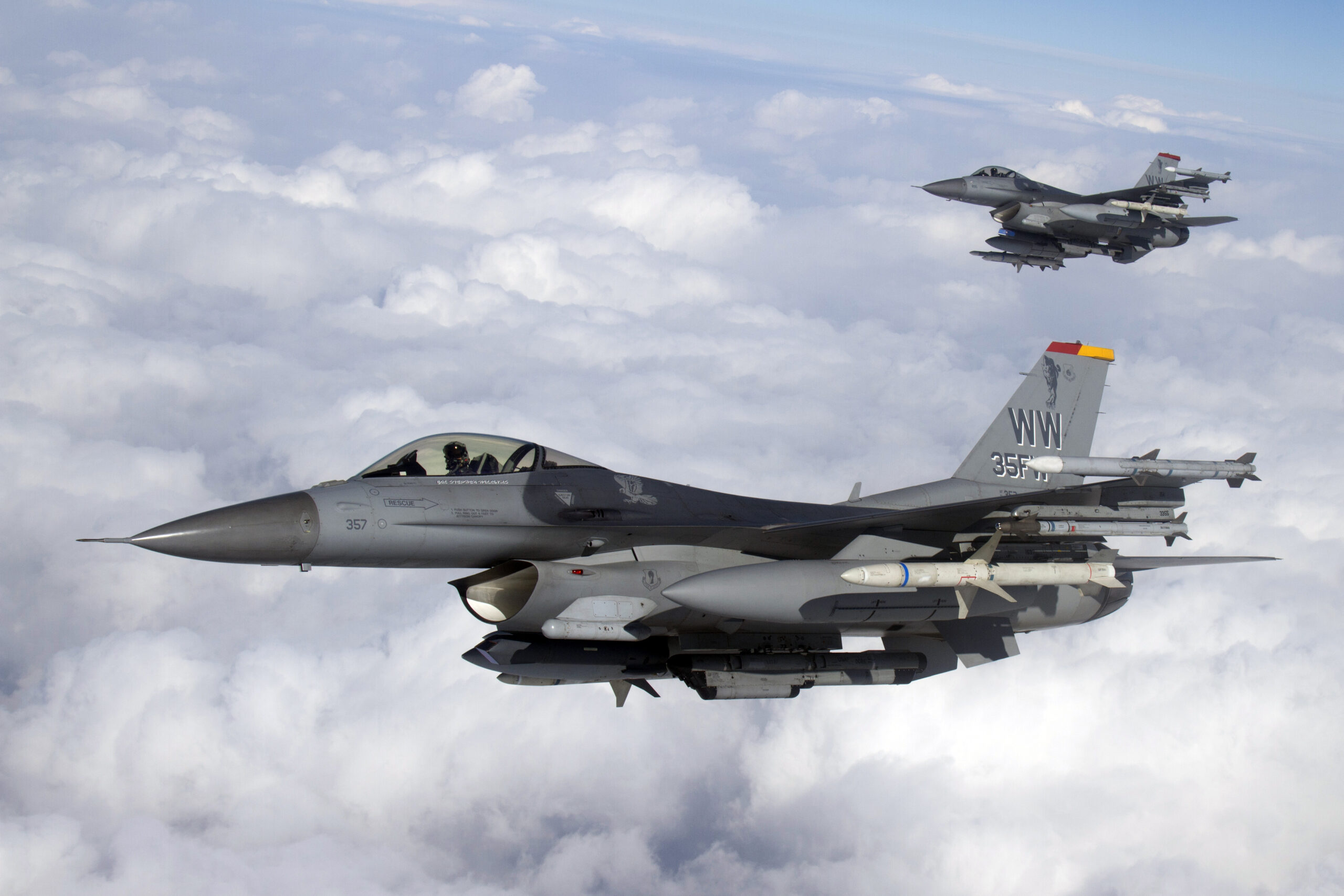
These kinds of sensors will detect the initial electromagnetic signature, then locate it and analyze it, to determine if it’s indeed hostile, and what kind of radar is involved. Targeting data is handed over to the AGM-88, which is then fired, relying on its speed to engage the emitter before the hostile air defense system has a chance to execute a successful attack of its own.
This is seemingly not an option for Ukraine, since the self-protect mode depends upon NATO-standard systems which are used to alert the pilot. They then command the HARM launch, which would require a seamless interface between the aircraft and missile that Ukraine also doesn’t possess.
Second, HARM can be used in Target Of Opportunity mode, typically a previously unknown or ‘pop-up’ threat that goes active. In this case, the seeker of the AGM-88 itself detects the target, with the pilot launching the missile manually if the radar emission is determined to be a threat.
Again, this method would require some kind of NATO-standard interface between the missile and the pilot in the cockpit which is not currently known to exist in the Ukrainian Air Force fleet, even in the case of upgraded aircraft. Still, it is possible that a workaround was deployed via a hard upgrade or a less traditional setup, like a tablet computer.

Third and finally, is the Pre-Briefed mode, in which HARM is programmed to fly to the area of a specific threat, or potential threat, or vulnerable area, before it leaves the aircraft.
In this preemptive scenario, the missile is launched ‘blind,’ typically at a longer range, using a highly lofted trajectory to maximize its ‘hang time,’ with the aim of acquiring a target during its flight.
The result can be a powerful — albeit very temporary — protective umbrella, especially for formations of aircraft flying into danger. Multiple HARMs can be launched so that they arrive over the target(s) at the same time that friendly attack aircraft come within range of those same air defenses. Fired at intervals, HARMs can help ensure protection over a brief period of time (especially when used in combination with electronic attack), but at a considerable financial cost. Back in 2020, when The War Zone looked at the costs of U.S. air-launched munitions, the latest (and admittedly more sophisticated) AGM-88G Advanced Anti-Radiation Guided Missile-Extended Range (AARGM-ER) version cost $6.149 million apiece.
Nevertheless, these kinds of pre-emptive SEAD tactics were widely used during Operation Desert Storm over Iraq in 1991, as well as Allied Force and other operations. For high-priority strike packages, these missiles were fired in large numbers, so that as long as friendly attack aircraft were within range of Iraqi ground-based air defenses, those defenses would be vulnerable. Lobbed over the incoming attackers, the HARMs could respond to a ground radar being switched on while in flight and then attack. Firing a HARM, usually announced over the radio with the brevity code ‘Magnum,’ was often enough to keep many of the hostile radars silent. This is the classic goal of the SEAD mission set.
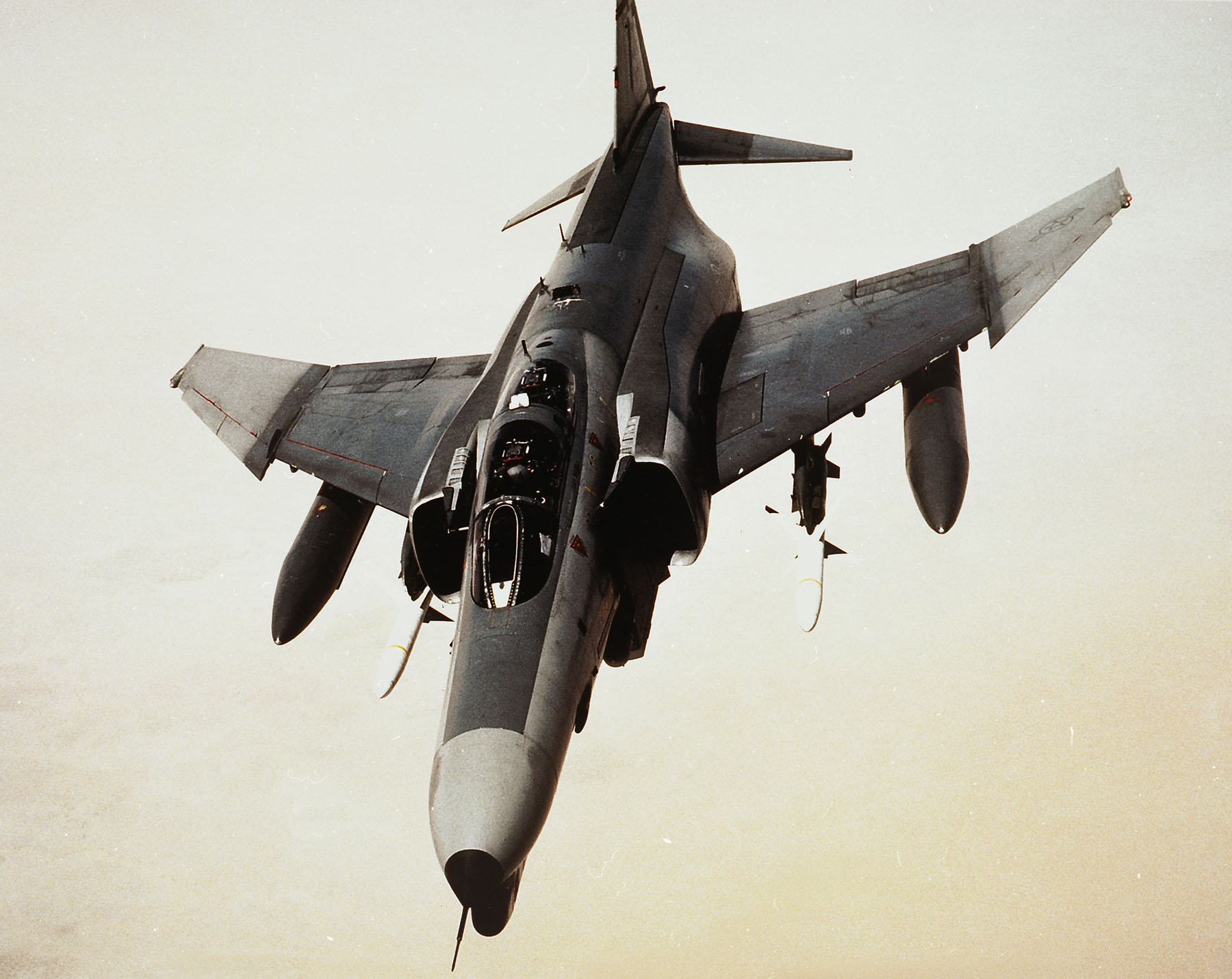
In a pre-briefed attack, the missile, in its most basic form, can be programmed with the aircraft still on the ground, with the seeker tuned to a specific target type and coordinates loaded.
It’s just this feature that makes HARM a workable option for Ukraine, with only the minimum of hardware modifications and cockpit integration needed.
The drawback would appear to be that, in a Ukrainian scenario where there isn’t any substantial cockpit interface, the missile can only be loaded with target coordinates while on the ground, and they can’t be updated once the aircraft is airborne. As such, there would be no ability for the pilot to engage a pop-up threat or adapt to changing circumstances while airborne.
On the other hand, a pre-briefed attack also offers a much greater degree of survivability to the Ukrainian Air Force. Even if it were technically feasible, employing self-protect or target of opportunity modes would likely require the aircraft carrying the AGM-88 to venture closer to the very ground-based air defense systems that the missiles are supposed to kill, at least compared with a pre-briefed attack, in which missile range is prioritized. With very limited electronic warfare self-protection systems available (and these being well known to the Russians) the aircraft could be vulnerable in the face of the Russian air defense operators.
Ukrainian Air Force Su-25s operating at low level to evade Russian air defense systems:
In contrast, using HARM in the pre-emptive Pre-Briefed mode can maximize the distance between the launch aircraft and the target. Flying to this area ‘blind,’ its seeker will be searching for a possible target while in flight. If no suitable target is found, the missile can be set to self-destruct. Indeed, this may have been the fate of the missile wreckage that appeared in Ukraine.
Newer variants of HARM, like latter iterations AGM-88D, offer other advantages, including in the Pre-Briefed mode. While older models flew to the general target area using an inertial guidance system, the upgraded AGM-88D has GPS tied to its INS navigation system.
This would ultimately enable it to hit a stationary target that doesn’t even have an emitter. In the defense suppression context, the addition of GPS ensures more precise navigation to a target area, where the missile can then engage any target within range that begins emitting. Even a mobile surface-to-air missile wouldn’t be safe, as long as it was still emitting, but with GPS, a stationary one could be killed even if it stopped emitting. This would only work on a pre-uploaded set of coordinates in Pre-Briefed mode, but in other modes, if definite geolocation of the emitter is passed to the HARM, it could proceed with its attack even if the emitter went dark and hit close to that target as long as it did not move.
More modern iterations of the AGM-88, like the AGM-88E AARGM, offer yet more in the way of functionality, as well as increased performance. Central to the AARGM’s improved capabilities is a new multi-mode guidance system, with a GPS-assisted inertial navigation system that brings it to the general target area and a millimeter-wave radar capable of precisely locating targets, even if they shut down and stop emitting signals to zero in on. This means it can not only hit the target more precisely if it goes quiet, but also if it has done so and is on the move.

The AARGM is being further developed as the longer-range AARGM-ER, which you can read more about here and here, and which is also the basis for a ground-launched version. This weapon is not in service, but it will expand the range and capability of the HARM even more with an all-new body.
After all, until now, the Russian Armed Forces have been able to operate ground-based air defense systems in Ukraine (and close to its borders) with little to no concern that they might be attacked by dedicated radar-killing missiles.
Those same ground-based air defense systems have reportedly inflicted a heavy toll on Ukrainian Armed Forces fixed-wing aircraft, drones, and helicopters. Lobbing HARMs into these ‘kill zones’ in the pre-emptive mode would provide a degree of protection for incoming friendly aircraft — and even drones — heading into those areas and also would be a useful way of simply targeting radars from a standoff range.
With AGM-88 capability, Ukraine could also begin to take more risks in the air war, including establishing small windows of HARM coverage closer to the front lines. Over time, the Ukrainian Air Force would likely hope to beat back Russian ground-based air defenses, but until then it would probably seek to provide defensive cover for specific operations and take high-probability shots at known emitters. Tactics like these are all the more important considering Ukraine’s aforementioned lack of advanced electronic warfare self-protection systems.
As to how Ukraine would find the targets for HARMs to attack, with the Pre-Briefed mode that may not be such a challenge. Precise coordinates would help, but it would also be sufficient to have an idea of a general area in which ground-based air defense systems are operating, and then lob AGM-88s toward it. In cases like this, HUMINT could conceivably even be enough.
Different types of electronic support measures (ESM) and radar homing and warning receivers (RHWR) could also be deployed on aircraft, drones, or on the ground, and provide intelligence on where threat emitters were operating.
More extensive targeting data could likely also be supplied by third-party standoff electronic intelligence, such as that from the United States, which could inform the Ukrainian Air Force where specific systems were active.
It’s also possible Ukraine is using some sort of decoys to help stimulate Russian defenses during planned HARM attacks.
As it is, while we know Ukraine has received anti-radiation missiles, and that they are likely HARMs, there are still many questions about how they are being used, and for how long. There is also the issue of training pilots and ground technicians to operate the missile, and where this might have taken place.
What we do know is that the presence of HARM in the air war will likely force a change in the way Russia operates its surface-to-air missile systems, which now reportedly include longer-range weapons fielded close to those front lines, alongside the more regular short- and medium-range systems. At the very least, the threat posed by HARM should force Russian air defense radars to go offline more often and eventually push them, at least the longer-range systems, farther back from the front lines.
So far, Russia has been relatively free to push its anti-air umbrella deeper into Ukrainian-controlled territory, making swathes of the sky too dangerous for the Ukrainian aircraft to operate in, or forcing them to fly at a very low-level. The appearance of HARM could begin to challenge this situation, which could in turn have a significant effect on future developments in the air war.
Update:
New pictures that appear to show the remains of another AGM-88 have emerged on social media, the second time in a week such image have appeared online, as you can read more about here.
Contact the author: thomas@thedrive.com
